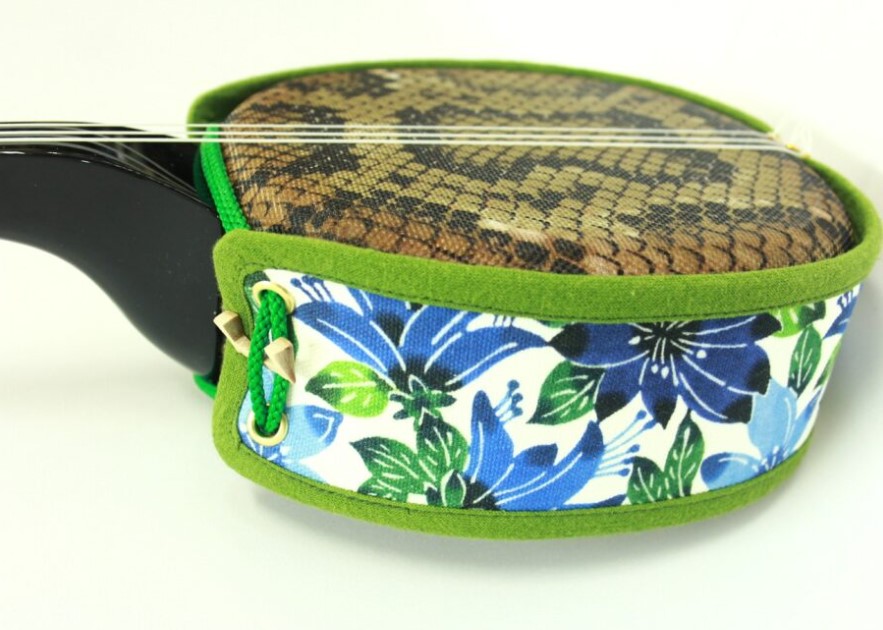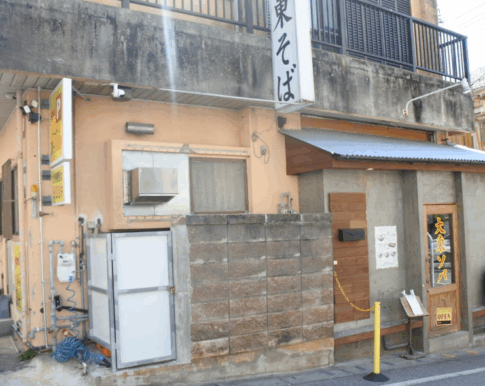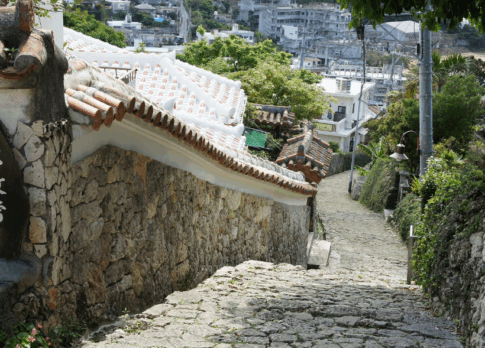This Sanshin cooperative is located in Asato, Naha City, a 16-minute drive from Naha Airport. They display and sell sanshin, of course, but they also allow visitors to drop by to take a look around and try out the Sanshin. Although it may seem like a formal organization, this is Okinawa, and they teach sanshin in a friendly manner even to first-time visitors.
Point 1: What does the “Okinawa Sanshin Production Cooperative Association (Sanshin Kumiai)” do?
The Okinawa Sanshin Production Cooperative Association (Sanshin Kumiai), located in Asato, Naha City, is an organization that promotes and controls the quality of Sanshin, a traditional Okinawan craft and an essential part of Okinawan entertainment, and trains sanshin players.
However, only those who already own or have learned to play the Sanshin are allowed to visit the cooperative, which is also open to tourists.
For those who want to master the Sanshin during their stay in Okinawa as a tourist, Sanshin rentals are available from 1,100 yen per night for two days! (In-prefecture only, out-of-prefecture rentals also available)
Point 2: What is the origin of the Sanshin displayed at the “Okinawa Sanshin Production Cooperative Association (Sanshin Kumiai)”?
The Okinawa Sanshin Manufacturers Cooperative Association (Sanshin Kumiai) displays various types of sanshin. There are seven types of sanshin depending on the shape of the handle, but the most popular type is the Yonagusuku type.
The sanshin has a history of 600 years, and has always been close to the Okinawan people, playing the songs of their hearts.
In the 15th century, the sansen was considered a family delicacy, but it was later introduced to Yamato (Sakai), where it was passed down to the common people as the shamisen.
It is very interesting to know that the shamisen has its roots in sansen and its roots again in Fujian, China.
Point 3: The ZOOM sanshin classes run by the “Okinawa Sanshin Production Business Cooperative Association (Sanshin Kumiai)” are amazing!
The Okinawa Sanshin Manufacturers Cooperative Association (Sanshin Kumiai) holds on-site sanshin classes throughout Japan as part of its efforts to promote the sanshin, but they also offer sanshin classes via ZOOM (40 minutes per class). The ZOOM is a private sanshin class, so you don’t have to travel!
The advantage of ZOOM is that you don’t have to go out of town, but you can also learn “from a teacher in Okinawa”.
In the beginner’s course (12 lessons), you can freely choose from popular songs such as “Umi no Koe” and “Shima Uta”.
The price also seems slightly lower than on-site. (From 10,500 yen for 3 lessons)
If you are interested in sanshin but thought it was a bit of a hurdle, you may want to start with ZOOM’s online and rental services.






